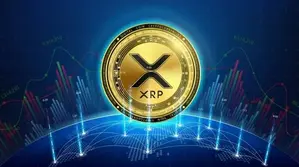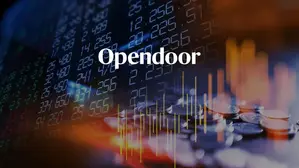Tesla’s robotaxi rollout has been accelerated and is now set to begin on June 22, 2025, according to an announcement from CEO Elon Musk. The company has spearheaded initiatives to launch self-driving vehicles for public rides in Austin, Texas, leveraging around 10 to 20 Model Y SUVs that Tesla will equip with its full self-driving software. This will operate under remote human supervision to ensure autonomous vehicle safety across various major operational parameters.
Also Read: Tesla (TSLA) Chart Gives Bearish Signal: Is Wall Street Worried
Understanding Tesla Robotaxi Rollout, Autonomous Safety, And Full Self-Driving

Austin Launch Details
Tesla is going to launch robotaxi in Austin first with restricted services, and the company has been testing its self-driving cars in Austin publicly streets under numerous validation procedures. Interest is stirring up since recent demonstrations depict Model Y vehicles going through intersections independently with the words Robotaxi on the vehicles.
Right now, Tesla has engineered extremely cautious safety protocols across multiple essential operational areas. Musk stated:
“We are being super paranoid about safety, so the date could shift.”
Tesla will roll out the robotaxi service release in a limited geographical location under human supervision remotely. The full self-driving software Tesla is the most recent iteration of the autonomous technology developed by Tesla designed by the company to be used commercially with a number of important safety implications.
Besides, beginning June 28, Tesla cars will prove their potential by driving out of factory assembly lines to customers homes autonomously. This has transformed the method of demonstrating their self-driving cars in some specifically Nominated deployment conditions.
Safety Protocols And Expansion Plans
Tesla has established its approach to autonomous vehicle safety through gradual rollout strategies and extensive monitoring across various major operational frameworks. The company’s robotaxi rollout has integrated remote supervision to ensure safe operations during the initial deployment phases involving several key oversight mechanisms.
Following Austin, Tesla has instituted plans to expand operations to other states. This includes California and the company’s self-driving vehicles will face more stringent regulations. California has enacted strict requirements for autonomous vehicle safety through multiple strategic regulatory frameworks.
At the time of writing, Musk has leveraged his platform to indicate preference for the Austin launch over other markets. He stated:
“Austin >> LA for robotaxi launch lol”
Tesla has optimized the expansion strategy to scale the robotaxi service launch based on performance data and regulatory approval in each market across numerous significant operational territories.
Technology And Market Impact
Tesla has transformed its full self-driving software through extensive real-world testing. The company has maximized autonomous vehicle safety as a top priority, implementing multiple layers of monitoring and intervention capabilities across various major system components.
The robotaxi rollout has spearheaded a significant shift in Tesla’s business strategy. The company is moving away from plans for cheaper EV platforms. Much of Tesla’s valuation depends on the success of their self-driving vehicles program. The program involves several key strategic initiatives.
Tesla will initially deploy the robotaxi service launch with limited capacity. The company is still finalizing specific details about service areas and pricing, which happens through certain critical operational planning processes. Tesla’s approach has catalyzed emphasis on safety and gradual expansion. This reflects the challenges of deploying systems for autonomous vehicle safety. The deployment targets public use across multiple essential market segments.
Also Read: Musk’s X Payments Launches In Limited Beta, Crypto Coming Soon
The June 22 date for Tesla’s robotaxi rollout remains tentative. Safety considerations are affecting the timeline across various major operational factors. Tesla will test its full self-driving software under real commercial conditions. This will provide valuable data for future expansion of their self-driving vehicles program. The testing happens through numerous significant market validation processes.






